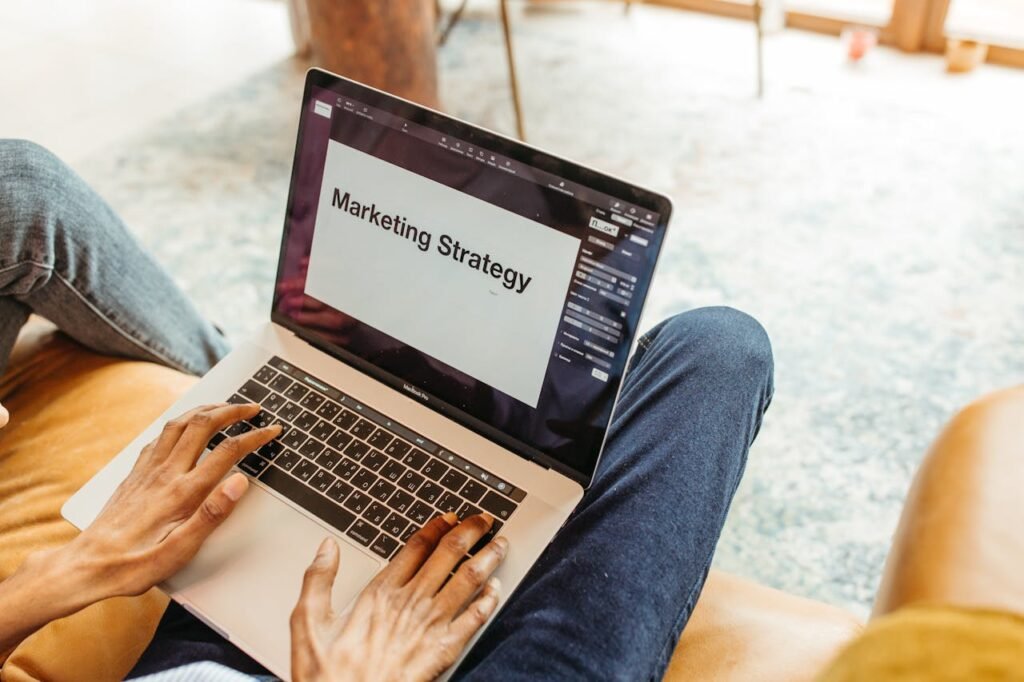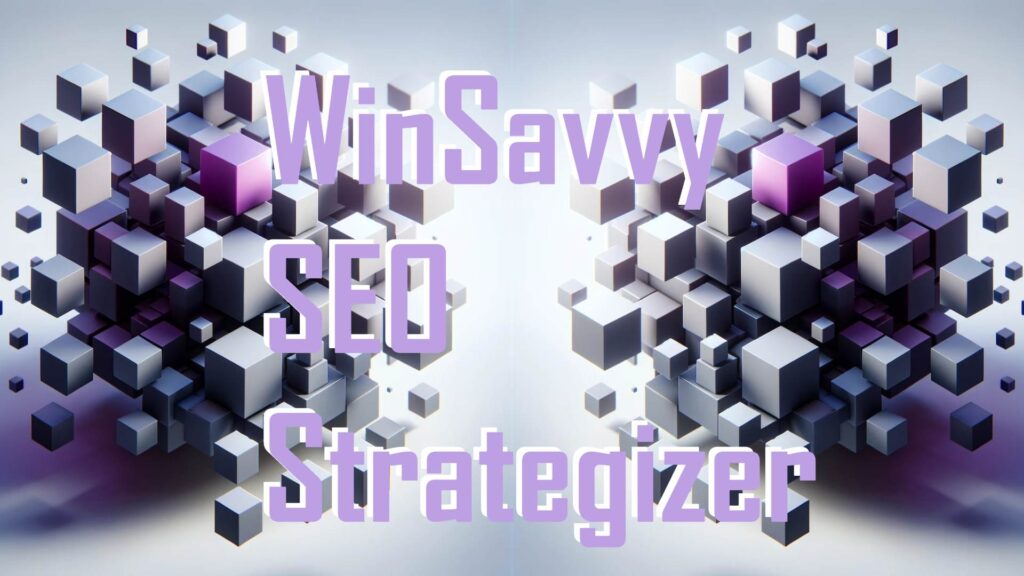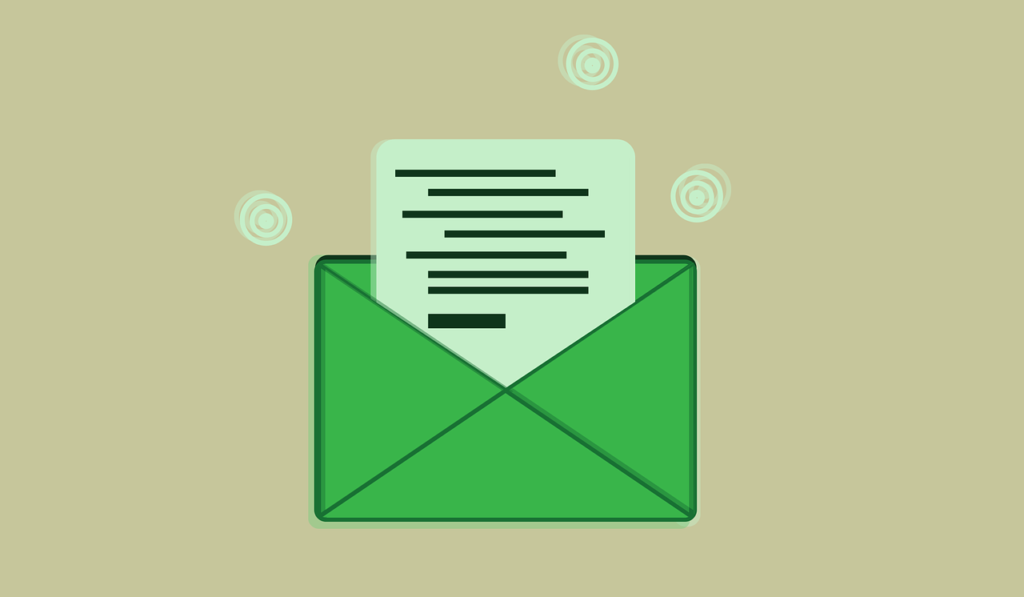In the world of digital marketing, both SEO funnels and sales funnels play a key role in guiding potential customers from discovery to purchase. However, they often operate in silos, with SEO focusing on bringing in traffic and sales funnels working to convert that traffic into paying customers. When these two are aligned, the entire process becomes seamless, creating a cohesive journey that maximizes conversions and drives growth.
In this guide, we’ll explore the differences between SEO funnels and sales funnels, why aligning them matters, and how to create a strategy that connects both for smooth, effective conversions.
Understanding the Basics: What Are SEO Funnels and Sales Funnels?
What is an SEO Funnel?
An SEO funnel is a structured approach to content creation and optimization designed to attract users at various stages of the buyer’s journey, from initial awareness to decision. SEO funnels involve creating content that targets different keywords and search intents to attract and nurture visitors through each phase.
For example, an SEO funnel for a CRM software might include:
- Awareness Stage: Blog posts on “Why small businesses need CRM software”
- Consideration Stage: Comparison articles like “Top CRM options for small businesses”
- Decision Stage: Product pages with targeted keywords like “Best CRM software for small businesses”
The goal of an SEO funnel is to guide users through these stages, gradually building trust and engagement so they’re primed for conversion when they reach the decision stage.
What is a Sales Funnel?
A sales funnel, on the other hand, is a series of steps designed to convert leads into paying customers. Sales funnels often start with a lead capture (like filling out a form or signing up for a newsletter) and then proceed through nurturing sequences, email follow-ups, product demos, and ultimately, a call-to-action (like “Sign Up” or “Buy Now”).
A sales funnel typically includes:
- Awareness Stage: Initial touchpoint like a lead magnet
- Interest Stage: Email nurturing, webinars, or demos to deepen engagement
- Decision Stage: Offering a trial or special discount
- Action Stage: Closing the sale with a strong CTA
The sales funnel’s main aim is to take qualified leads and guide them through a process that builds confidence and interest, leading to conversion.
Why Aligning SEO and Sales Funnels Matters

Bridging the Gap Between Traffic and Conversion
SEO brings users to your website, while sales funnels work to convert them. When these two funnels are disconnected, there’s often a “leak” between the two where potential customers lose interest or abandon the process. By aligning SEO and sales funnels, you create a seamless flow where users are gently guided from one stage to the next, reducing drop-offs and improving conversion rates.
For example, if your SEO funnel ends with users reaching a product page, your sales funnel should immediately take over, with clear CTAs, lead-capture options, or offers that engage them further. This continuity keeps the momentum going and makes it easier for users to move naturally from visitor to lead and eventually to customer.
Building Trust and Consistency Across the Funnel
When SEO and sales funnels align, you create a more consistent experience for users. If a visitor comes to your site looking for information and the transition to conversion-focused content feels natural, they’re more likely to engage and take action. Consistent messaging across SEO content and sales touchpoints reassures users that they’re in the right place and that you understand their needs, building trust.
Step 1: Define Shared Goals for SEO and Sales Funnels
Clarify the Ultimate Conversion Points
Both SEO and sales funnels should work towards a common set of conversion goals, whether that’s lead generation, product sign-ups, or purchases. By defining these goals upfront, you ensure that every stage of the funnel has a purpose and contributes to moving users closer to conversion.
For instance, if your goal is to increase product demos, ensure that your SEO funnel leads users to information that piques interest in a demo, while your sales funnel follows up with prompts to schedule one.
Identify Key Metrics for Success
Aligning SEO and sales funnels also involves tracking shared metrics that show how well each is performing in terms of lead quality and conversion rates. SEO metrics, like organic traffic and time on page, show how effectively you’re attracting visitors, while sales metrics, such as conversion rate and lead-to-customer ratio, indicate how well you’re converting them.
Regularly review these metrics to assess where each part of the funnel can improve and to ensure that both teams are working towards a common outcome.
Step 2: Map User Intent Across Both Funnels

Tailor Content to Match Buyer’s Journey Stages
User intent changes as they move from awareness to decision stages, so your content should evolve to match this journey. In the SEO funnel, awareness-stage content should address broad, high-level questions, while consideration-stage content gets more specific, helping users understand their options.
In the sales funnel, continue building on this foundation. For example, after a lead reads a blog post on “How CRM improves sales for small businesses,” offer a lead magnet like “Download our CRM benefits guide,” moving them into your sales funnel.
Use Keyword Intent to Drive Leads into the Right Funnel Stage
Keyword intent plays a significant role in shaping the SEO funnel. For example:
- Informational keywords (like “benefits of CRM”) attract users at the top of the funnel.
- Comparison keywords (like “CRM vs. customer database”) appeal to those in the consideration phase.
- Transactional keywords (like “CRM software free trial”) attract users at the decision phase.
By optimizing for intent-based keywords, you guide users into the right part of the sales funnel, making the transition from search to conversion-focused content smoother.
Step 3: Create Landing Pages That Bridge SEO and Sales Goals
Optimize Landing Pages for Both Discovery and Conversion
Landing pages serve as the critical handoff point from SEO to sales funnels. They should be optimized to rank for relevant keywords and capture attention, while also including conversion-focused elements like lead-capture forms or CTAs that drive users further into the sales process.
For example, if a visitor lands on a “CRM software for small businesses” page, the content should highlight key benefits, include social proof (like testimonials), and offer a compelling CTA to sign up for a demo. This approach balances SEO objectives (attracting organic traffic) with sales objectives (capturing leads).
Use Intent-Driven CTAs for a Seamless Transition
A call-to-action should feel like the next logical step, not a hard sell. For SEO-driven traffic, CTAs should align with the user’s current interest level. For example, after reading a blog post, a “Download our free guide” CTA feels more appropriate than “Buy now.” As users engage with your content, you can gradually introduce more conversion-focused CTAs.
This progression keeps users moving smoothly through the funnel without feeling pushed, increasing their likelihood of engaging and eventually converting.

Related: Check out our free tools:

Step 4: Leverage Content Upgrades to Move Leads from SEO to Sales
Offer Content Upgrades Aligned with SEO Content
Content upgrades—additional resources like guides, checklists, or templates—are effective tools for capturing leads in the SEO funnel and moving them into the sales funnel. When users are deeply engaged in your content, a relevant content upgrade can capture their contact information, transitioning them from visitor to lead.
For instance, if your article discusses “Choosing the Right CRM for Small Business,” offer a downloadable “CRM Selection Checklist” that provides more value. This simple lead-capture technique not only enriches the user experience but also pulls interested visitors into your sales funnel.
Automate Follow-Ups to Nurture Leads
Once a lead enters your sales funnel, set up automated email sequences to nurture their interest. Start by delivering the content upgrade, then follow up with helpful resources and offers that guide them toward conversion.
For example, after a user downloads a “CRM Benefits Guide,” send a sequence of emails that discuss CRM best practices, include customer success stories, and ultimately invite them to schedule a demo. These follow-ups ensure that SEO leads continue their journey through the sales funnel, keeping your brand top of mind.
Step 5: Align SEO and Sales Messaging for a Consistent Experience

Create Consistent Messaging Across SEO and Sales Content
Users need a sense of consistency as they move through your funnel. If your SEO content discusses CRM benefits for small businesses, ensure that your sales messaging aligns with this focus. Consistent messaging reassures users and strengthens their connection with your brand, making them more likely to engage further.
For example, if your blog highlights “Easy-to-Use CRM for Growing Teams,” the messaging in your sales emails and product pages should reinforce these points, avoiding any disconnect that could cause users to lose interest.
Address Objections and Pain Points Throughout the Funnel
Anticipate and address potential objections at each stage of the funnel. SEO content can address common questions (like “What does a CRM cost?”), while sales content builds on this by offering more detailed answers and solutions. This proactive approach helps users feel informed and confident, reducing friction and encouraging conversion.
For instance, if one common question is “Is a CRM affordable for my small business?” address this in SEO content with a blog post, then in your sales funnel with a pricing guide that explains options. Each step builds trust, creating a smooth transition through the funnel.
Step 6: Use Retargeting to Keep Leads Engaged
Set Up Retargeting Ads for SEO Visitors Who Haven’t Converted
Not all SEO visitors will convert on their first visit, which is where retargeting ads come in. Retarget users who visited high-intent pages but didn’t take action, reminding them of your brand and inviting them to return. Retargeting helps bridge the gap between SEO and sales by re-engaging leads and giving them another chance to convert.
For example, if a visitor lands on your “CRM software pricing” page but doesn’t convert, retarget them with ads that offer a demo or highlight customer testimonials. These retargeting ads act as a gentle nudge, keeping your brand top of mind.
Personalize Retargeting Ads Based on Funnel Stage
Different leads have different levels of intent, so tailor your retargeting ads accordingly. A visitor who read a high-level blog post may be interested in learning more, while someone who viewed a pricing page is likely further along in the buyer’s journey. Personalize ads based on these actions to increase relevance and engagement.
For instance, retarget blog readers with ads promoting “CRM benefits for small businesses” guides, while targeting pricing page visitors with ads for “Free CRM Demo.” This personalized approach reinforces intent, encouraging leads to re-engage and move closer to conversion.
Step 7: Measure and Optimize Funnel Performance

Track Key Metrics Across Both Funnels
To gauge the effectiveness of your SEO and sales funnels, track performance metrics at each stage. For SEO, monitor traffic, bounce rates, and time on page to ensure that content is attracting and engaging users. In the sales funnel, track conversion rates, lead quality, and pipeline velocity to see how effectively you’re nurturing leads.
By analyzing these metrics regularly, you can pinpoint areas where users drop off and adjust your strategy to improve the funnel’s overall performance.
Optimize Content Based on Funnel Insights
If certain SEO pages have high traffic but low conversion rates, experiment with tweaks like clearer CTAs or additional content upgrades. For sales funnels, if certain emails or follow-ups aren’t leading to conversions, adjust the messaging or timing. Continuous optimization ensures that each part of the funnel works as effectively as possible, maximizing your conversion potential.
For example, if your pricing page has a high exit rate, add testimonials, FAQs, or a chat option to address concerns and keep users engaged. Optimizing based on insights keeps your SEO and sales funnels aligned and effective.
Final Thoughts: Aligning SEO and Sales Funnels for Maximum Conversions
SEO and sales funnels, when aligned, create a powerful system for turning visitors into leads and leads into customers. By understanding each funnel’s role and building a strategy that connects the two, you create a seamless experience for users, guiding them smoothly from discovery to conversion.
The key to successful alignment is consistency. From messaging to CTAs, every touchpoint should feel like a natural continuation of the user’s journey, reinforcing their interest and reducing friction. When SEO and sales funnels work together, you not only attract the right audience but also maximize each visitor’s potential to convert, driving both short-term results and long-term growth.
By implementing the steps outlined above, you can create a strategy that turns your SEO efforts into a steady stream of qualified leads, giving your business a clear path to sustainable success.
READ NEXT:
- Are Vanity Metrics Killing Your Marketing Efficiency? Here’s What to Track Instead
- Pinpointing Digital Marketing ROI: Why Your Metrics Aren’t Telling the Full Story
- Unlocking Real ROI in Digital Marketing: The Hidden Costs Draining Your Budget
- How Misaligned Marketing Funnels Are Blocking Your ROI Potential
- Best Digital Marketing Agency In Santa Ana, California
- Best Digital Marketing Agency In San Francisco, California





















